Tom Palmer Obituary by Alex Grand
There are some otherwise wonderful Comics History websites that for some reason do not have a Tom Palmer obituary, so in order to reduce that vacuum, I went ahead and wrote one, although belated:
Tom Palmer, the comic book inker who delivered techniques in classic illustration to the world of superheroes has passed. Born in Richmond Hill, Queens on July 13, 1941, Thomas John Palmer discovered his love for comics through Mac Raboy’s Green Lama, a gift from his older brother. According to his biographical interview by Alex Grand & Jim Thompson on the Comic Book Historians podcast, he grew up in the 1950s, enjoying EC Comics, particularly the works of Wally Wood, Al Williamson, and Frank Frazetta.
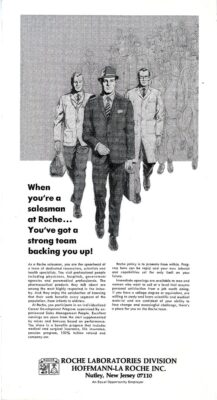
A medical problem with him hip during his youth led him to spend more time at physical rest, reading comics and honing his drawing skills. A great admirer of Norman Rockwell’s artistry, Palmer aspired to become the next acclaimed American illustrator. Later meeting Rockwell and Bob Peak, another influential artist, were significant moments in his life.
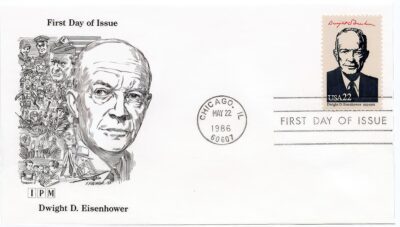
After high school, Palmer attended the School of Visual Arts to learn painting and later joined the Frank Reilly school, where the works of Dean Cornwell, Howard Pyle, and JC Leyendecker greatly inspired him. While working at the Madison Avenue Advertising Studio, he met Jack Kamen, with whom he shared a bond due to their similar childhood physical disabilities. Kamen had a significant impact on Palmer, sponsoring him into the Society of Illustrators and introducing him to prominent comic book artists like Wally Wood. According to his Comic Book Historians interview, it was Wood who gave Palmer his start in the industry by giving him an assisting job in his studio, working on “The Golden Goddess of Thalthor” which was eventually published in Jungle Jim #22, 1969.

Wood then introduced him to comic artists, Joe Orlando and Mike Esposito. Palmer helped Esposito on backgrounds, and in turn Esposito introduced him to Sol Brodsky at Marvel, where he penciled Doctor Strange 171, 1968 with writer, Roy Thomas and inker Dan Adkins. During this era, he fondly remembered a plotting session with Stan Lee, who energetically acted out the scenes on his furniture, as well as the camaraderie in the bullpen with fellow professionals, including Flo Steinberg and John Romita.
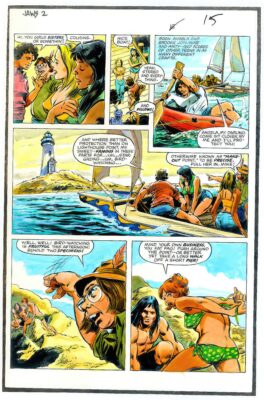
In the following issue of Doctor Strange, Palmer started inking Gene Colan, which started off a decades long position as the definitive inker for the comic veteran. Together, they produced an enhanced illustrative visual effect that captivated audiences. A painter at heart, Palmer mentioned his interest in also coloring his work to Roy Thomas who introduced him to Marie Severin who taught him chemical color charts. He revealed on the Comic Book Historians podcast that he still followed artists in other media, for example, his inking of women being inspired by the work of Stan Drake. His technique for illustration compounded well with the pencils of Neal Adams on The X-Men and Avengers, enhancing the cinematic realism of those issues using zipatone.

This approach allowed readers to suspend disbelief in Avengers 93, 1971 when Ant-Man explored the inner workings of the Vision. He also lent his talents to inking Jim Steranko on Captain America 113, 1969 adding a layer of illustration quality to the Kirby inspired-pop art and James Bond-style composition of the title. Palmer also proved his style compatible with John Buscema on Avengers, inking pages from the memorable Kree-Skull War in Avengers 94, 1971 where he was given the task of blending the artists pencils with that of Neal Adams who also worked on a portion of that issue. No matter whether the initial penciler gave loose layouts or tight detailed pencils, Palmer took his time to make sure the finished product contained the necessary visuals to appeal to his illustration standard. This became evident in X-Men #64, 1970 when he inked Don Heck’s pencils and bridged it visually with the previous issues penciled by Neal Adams.
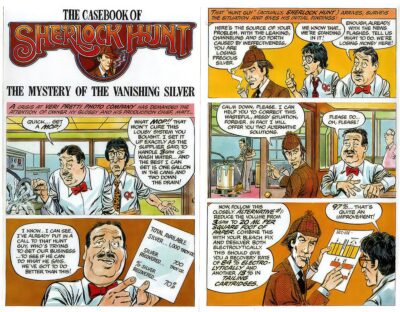
Palmer continued working on Gene Colan’s pencils in Daredevil, Howard the Duck, Stuart the Rat and Tomb of Dracula, and it was on the latter that they combined their talents with Marv Wolfman to produce the almost-decade long epic in comic books and magazines. It was on the magazines that Palmer could experiment with other inking approaches to bring more texture to the anti-hero. Palmer shared on the Comic Book Historians podcast that Colan’s model for the prince of darkness was actor Jack Palance who portrayed the character in a made-for-TV film.
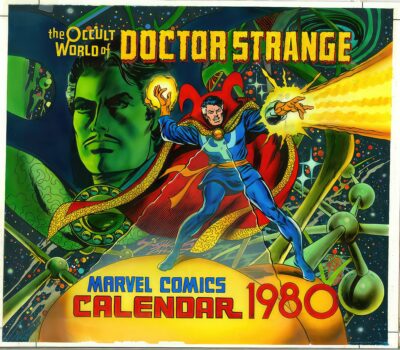
Although much of his comic book work was at Marvel, he also found employment in the advertising field and other comic book companies such as Eclipse. He demonstrated dedication to each assignment including the Star Wars comic book, buying various models of ships like the Millennium Falcon to study and better render them accurately for readers while also at times, providing layouts out his own issues that he both penciled and inked in the 1980s. As time went on, pencilers such as Sal Buscema, Ron Frenz and John Byrne occasionally provided rough layouts which Palmer inked, filling enough detail to grant him co-artist credit. He held a consistent career at Marvel well into the 1990s, and his inking provided an overall illustration excellence and familiarity to the company’s output that loyal readers found compelling.
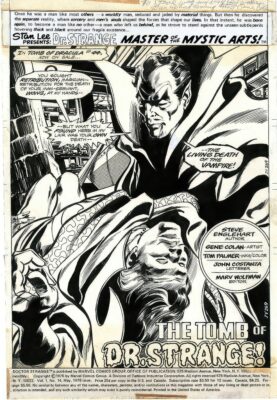
All good things came to an end during the Marvel Bankruptcy, and Palmer found himself working at DC Comics with John Byrne on Wonder Woman in 1997 and Graham Nolan on Batman in 1998. It was his relationship with Byrne that brought him back to Marvel on X-Men the Hidden Years in 1999. He followed the work and maintained positive relationships with both companies, staying busy and consistent winning multiple awards 1969 Alley Award, 1975 Favorite Inke” Comic Fan Art Award, 2008 Favorite Finisher/Embellisher Inkwell Award, 2014 The Joe Sinnott Hall of Fame Award Inkwell. He continued to be a positive influence on those with whom he interacted until his unexpected death on August 18, 2022, at the age of 81. He is survived by his son, comic book professional, Tom Palmer, Jr.
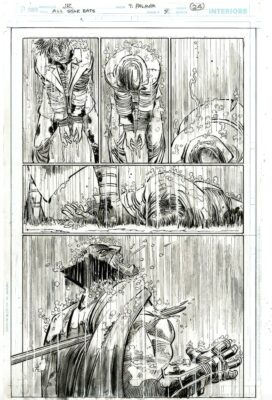
Join us for more discussion at our Facebook group
check out our CBH documentary videos on our CBH Youtube Channel
get some historic comic book shirts, pillows, etc at CBH Merchandise
check out our CBH Podcast available on Apple Podcasts, Google PlayerFM and Stitcher.
Use of images are not intended to infringe on copyright, but merely used for academic purpose.
Images used ©Their Respective Copyright Holders










